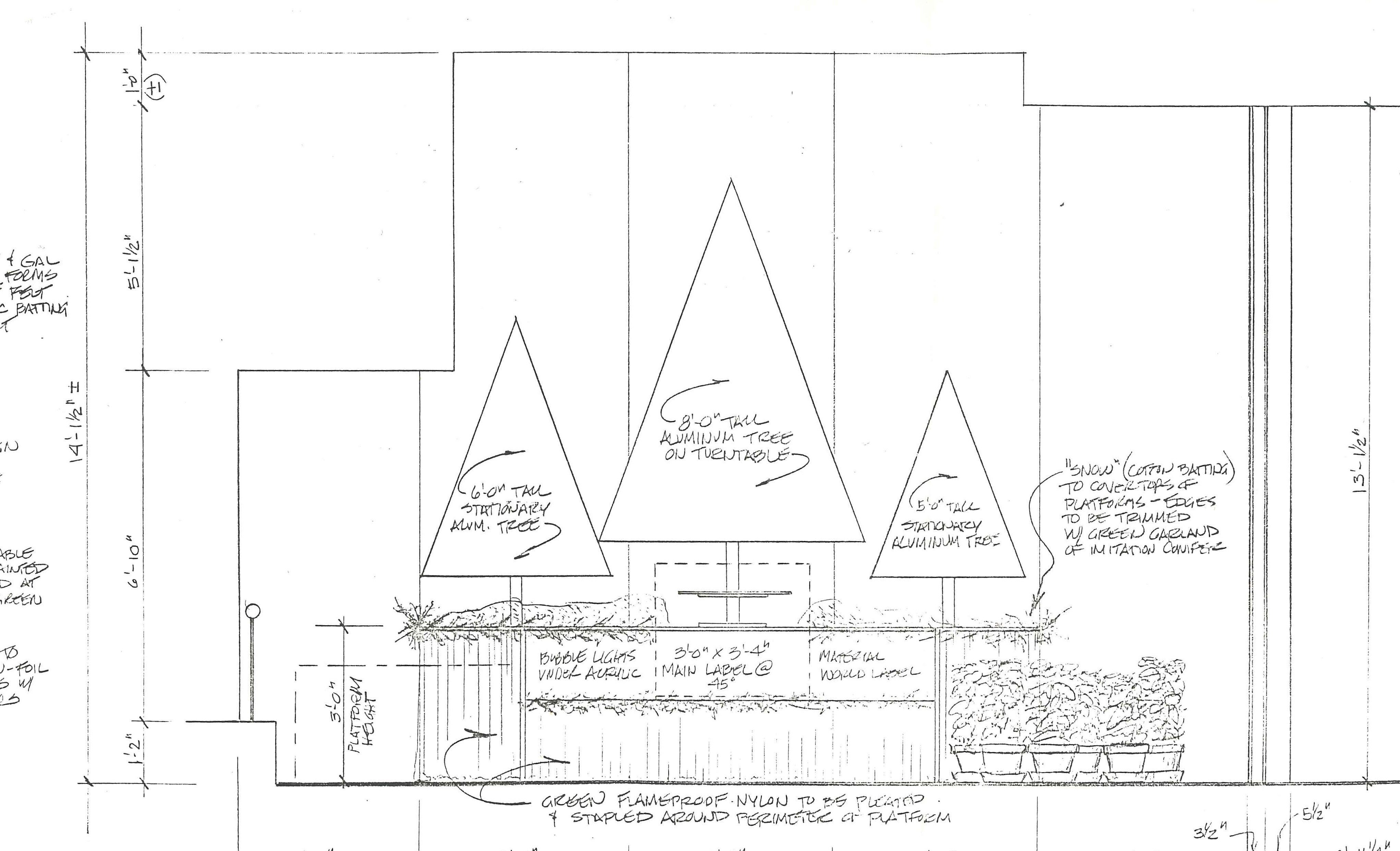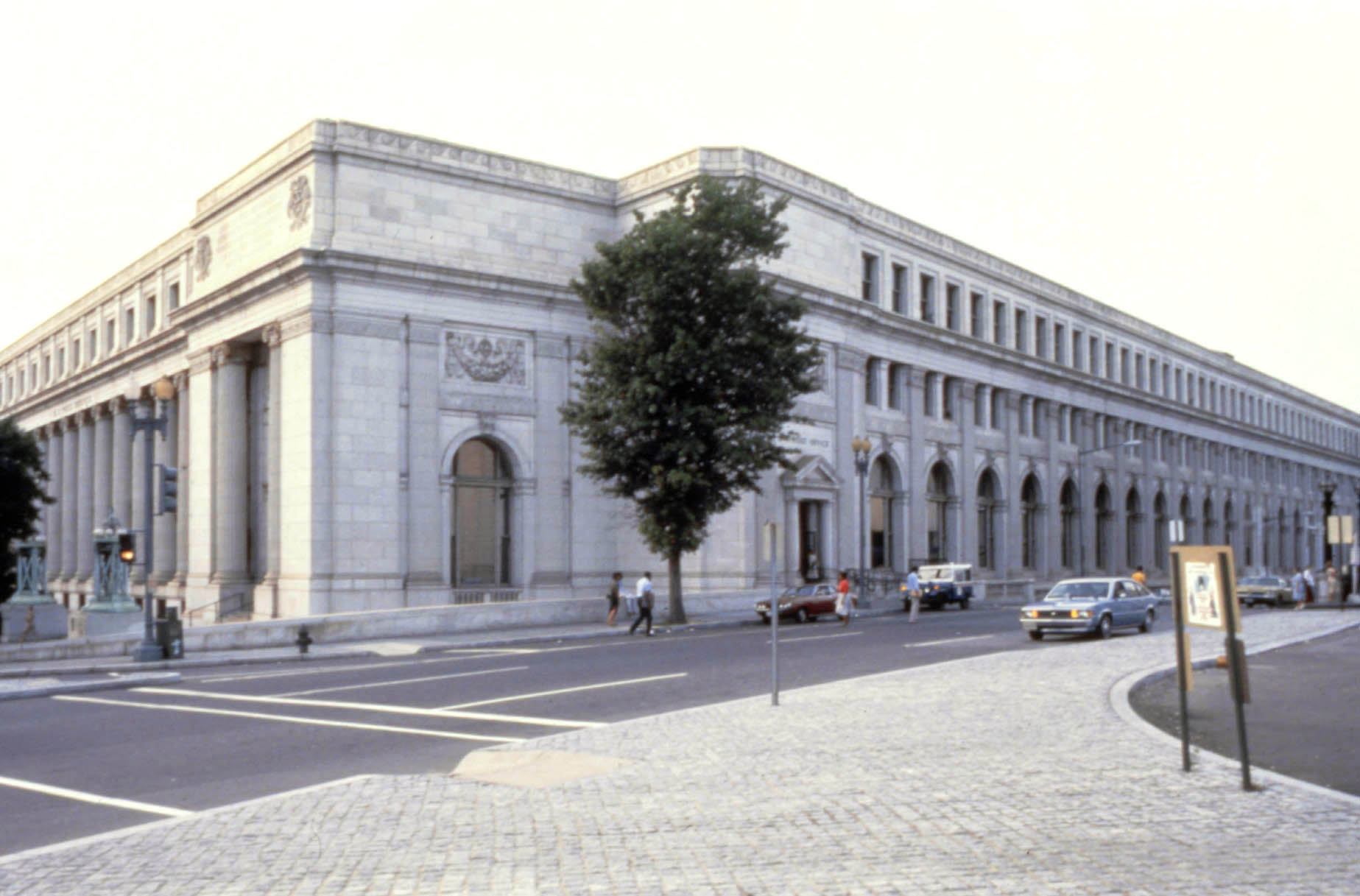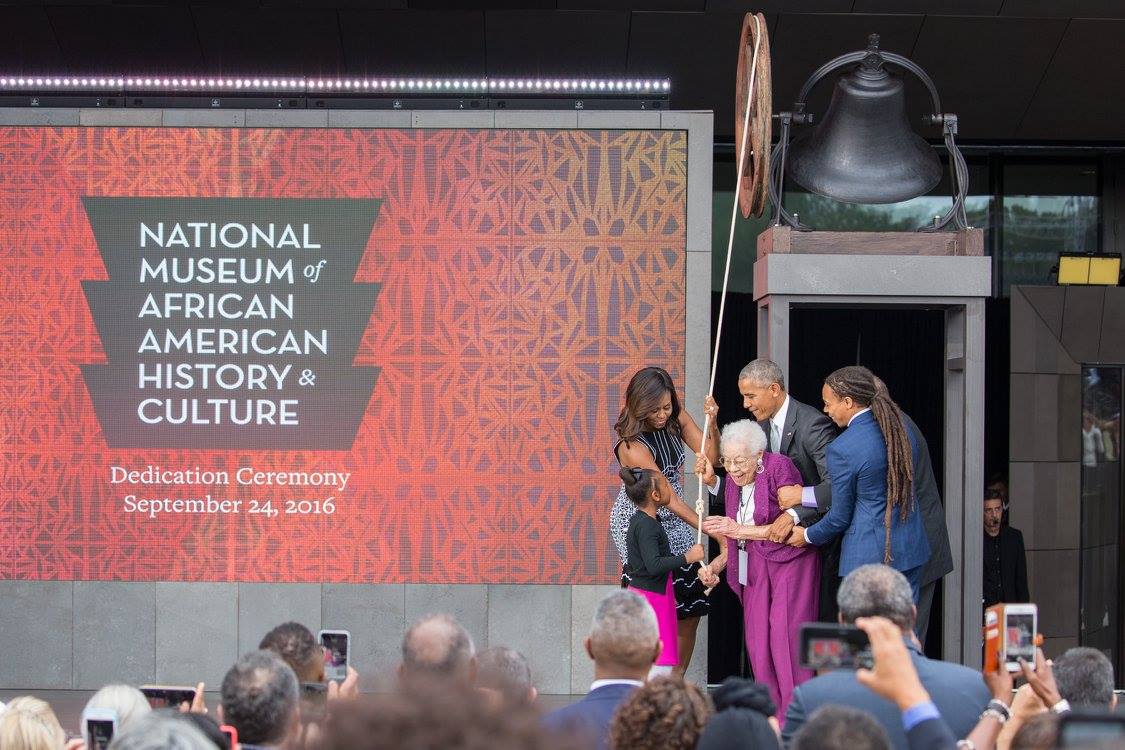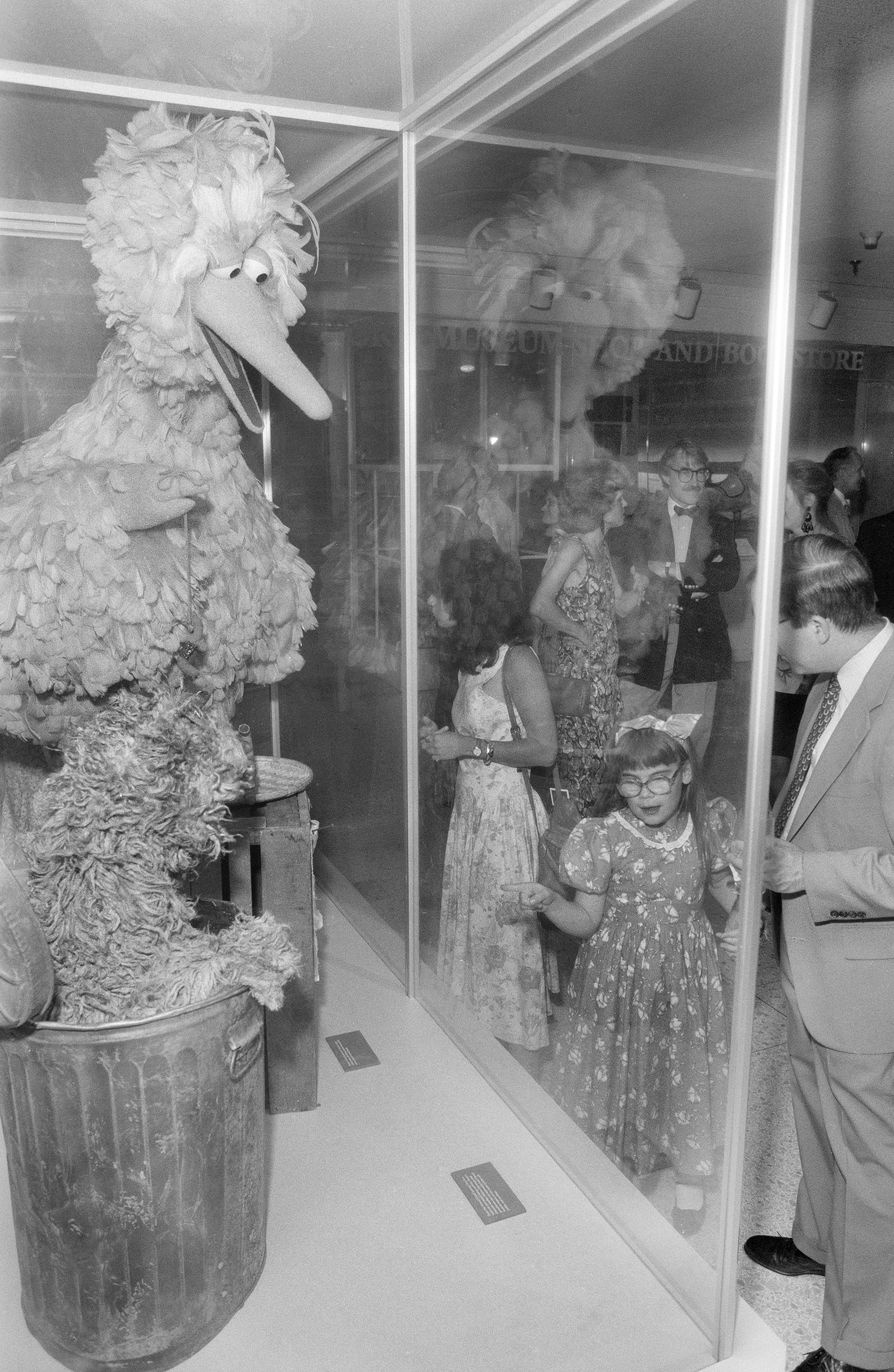Results for "National Museum of American Art (U.S.). Office of Museum Programs"

A Look into NCFA Exhibition Posters
- Date: October 24, 2017
- Creator: Alison Reppert Gerber
- Description: The Smithsonian American Art Museum (SAAM) has undergone many name changes over the years. One of these – the National Collection of Fine Arts (NCFA) – was in use from 1937 to 1980. During this time, the NCFA underwent several exciting changes. After years of being housed in multiple locations and several failed attempts to build a permanent building, the collection moved to

Trees of Christmas
- Date: December 19, 2019
- Creator: Mitch Toda
- Description: On December 19, 1977 the Trees of Christmas exhibition opened at the National Museum of History and Technology (now the National Museum of American History). This was the first exhibition of the Office of Horticulture (now Smithsonian Gardens) and featured trees with handcrafted ornaments representing a variety of countries and cultural traditions.

Highlighting Diane Arbus: "A box of ten photographs"
- Date: March 29, 2018
- Creator: Alison Reppert Gerber
- Description: Opening on April 6, 2018, A box of ten photographs highlights the portfolio of Diane Arbus, an American photographer known for her black-and-white images of marginalized individuals, including the mentally ill, circus performers, and transgender people. The exhibition, at the Smithsonian American Art Museum (SAAM) until January 21, 2019, traces the history of Arbus's

Revisiting Renwick
- Date: January 27, 2015
- Creator: Mitch Toda
- Description: While closed for renovations, here is a look at some historic images of the Renwick Gallery on the anniversary of its opening to the public.

The National Postal Museum Still Delivers After 25 Years
- Date: September 25, 2018
- Creator: Lynda Schmitz Fuhrig
- Description: 25 years ago the National Postal Museum first opened its doors to the public.

Wonderful Women Wednesday: Janice Majewski
- Date: May 19, 2021
- Creator: Emily Niekrasz
- Description: Each week, the Archives features a woman who has been a groundbreaker at the Smithsonian, past or present, in a series titled Wonderful Women Wednesday.
Dr. Donald Fleming Squires (1927-2017)
- Date: February 13, 2018
- Description: [edan-image:id=siris_sic_14492,size=500,center]Dr. Squires was a pioneer in the application of computer technology in science museums and the founding father of data processing at the Smithsonian’s National Museum of Natural History (NMNH). He died on his 90th birthday, December 19, 2017 in Tasmania, Australia, after a short illness. Squires received an B.A. from Cornell

The Oval Office meets the Castle: Presidents at the Smithsonian
- Date: November 8, 2016
- Creator: Hillary Brady
- Description: The Smithsonian Castle sits just over a mile away from Washington D.C.’s most notable address,1600 Pennsylvania Avenue. We are more than just a short walk away from the White House, however—we are directly tied to it and its occupants. Not only does the Smithsonian collect the history of United States Presidents (including, yes, Lincoln’s top hat and even the hair of a few
- Blog Post
“A Wildlife Paradise”: International Collaboration on the DMZ Ecology in the 1960s
- Date: November 12, 2019
- Description: The DMZ ecology project reveals the Smithsonian’s commitment to ecological research programs as well as the complexity and contingency of an international collaboration.

Design + Archives: Posters
- Date: February 11, 2020
- Creator: Mitch Toda
- Description: Posters at the Smithsonian display a wide range of exhibitions and programs, each with a design that is visually intriguing and purposeful in conveying information.

Talk Story: Smithsonian Asian Pacific American Center
- Date: May 18, 2021
- Creator: Mitch Toda
- Description: A look back at the history of the Smithsonian Asian Pacific American Center in honor of Asian Pacific American heritage Month.

Can you tell me how to get to Sesame Street? It's at the Smithsonian!
- Date: June 1, 2017
- Creator: Hillary Brady
- Description: Take a trip back to Sesame Street and the Smithsonian's ten year exhibition about the show in 1979.
